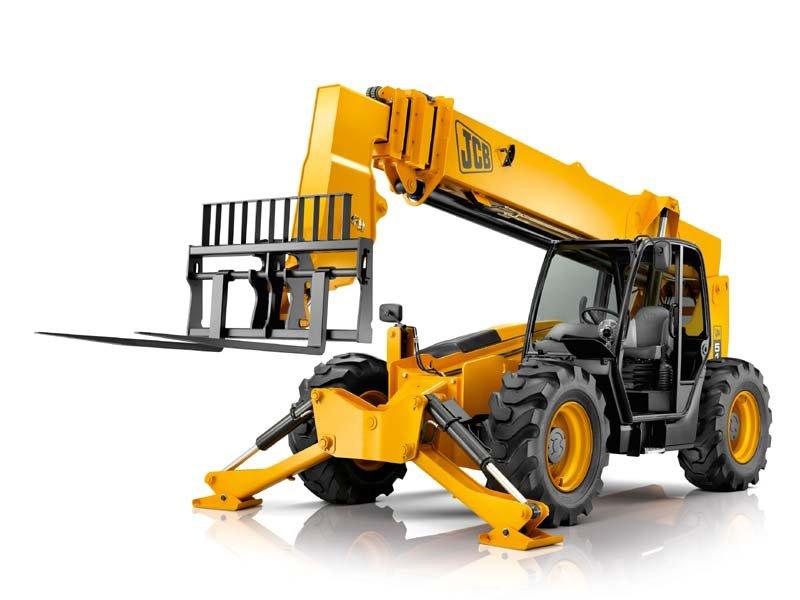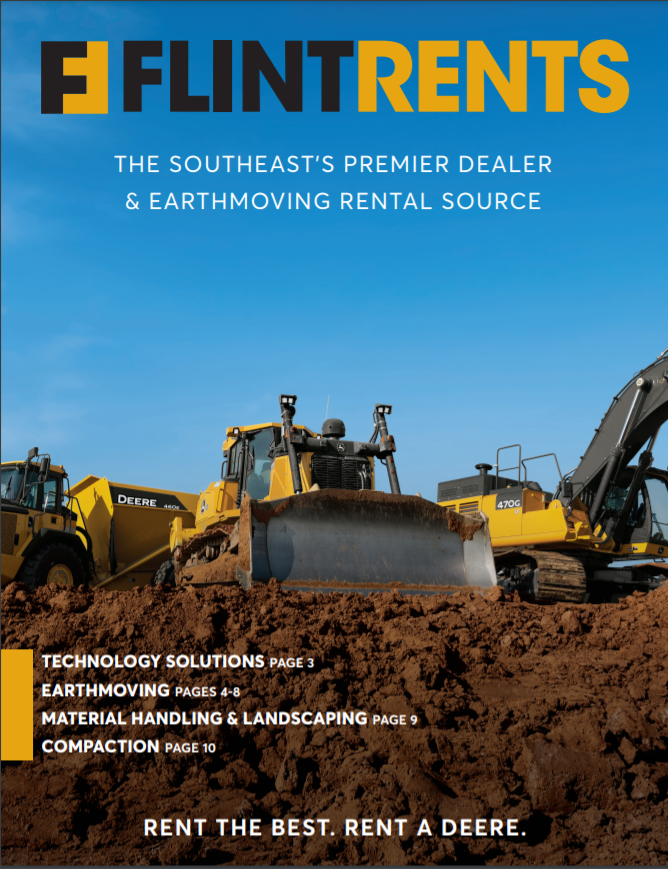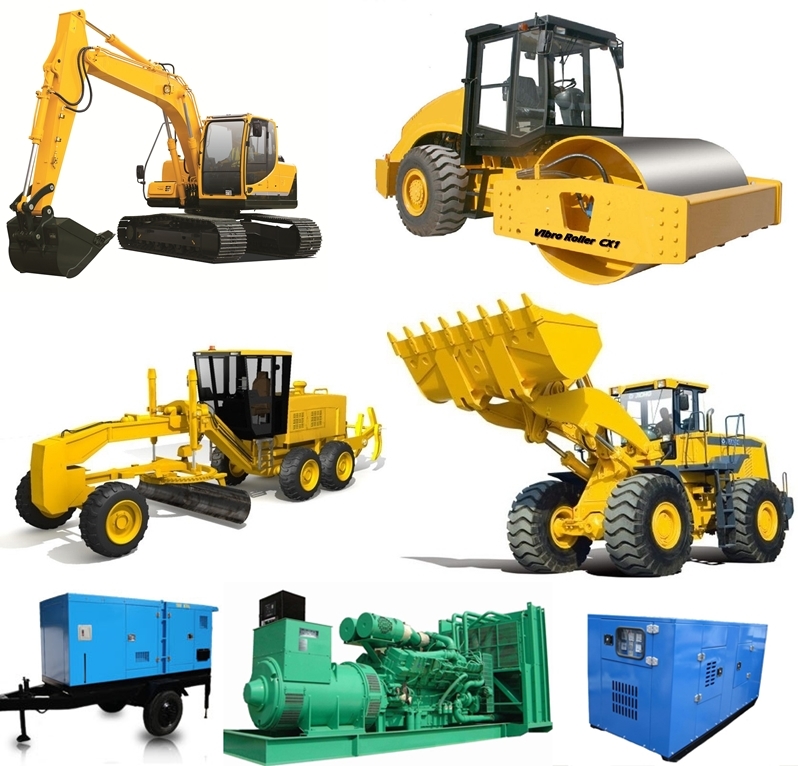Heavy Equipment Rental: Large Machinery for Any Type Of Construction Job
Heavy Equipment Rental: Large Machinery for Any Type Of Construction Job
Blog Article
Optimize Your Spending Plan by Comprehending the Costs Connected With Building Tools Leasings
Recognizing the complete extent of expenses linked with building tools rentals is crucial for maximizing your spending plan. What methods can be employed to efficiently take care of these costs and make certain an extra effective rental experience?
Introduction of Rental Prices
When taking into consideration construction tools rentals, recognizing the associated prices is vital for efficient budgeting and project planning. Rental costs can differ substantially based on numerous factors, consisting of tools kind, duration of service, and place. The first rental charge commonly reflects the equipment's market need and its associated functional capabilities, affecting the general cost.
Along with the base rental price, secondary expenses might emerge, such as transportation costs, gas surcharges, and maintenance charges. It is necessary to make up these additional expenditures to properly examine the overall expense of leasing equipment. Furthermore, the rental duration can influence prices; longer services may receive reduced prices, while short-term leasings might incur greater everyday charges.

Break Down of Rental Prices
A detailed understanding of rental rates is important for specialists and task managers intending to maximize their budgets. Rental rates for construction equipment typically contain numerous parts, consisting of base rates, time-based costs, and usage costs.
Base prices are the core costs connected with the service of the equipment, commonly figured out by the kind and dimension of the machinery. These rates can vary considerably, affected by variables such as equipment demand, accessibility, and regional market patterns. Time-based charges, which might be daily, weekly, or monthly, serve to suit various job timelines and rental periods.
Furthermore, rental prices may include use costs, which apply when tools is utilized beyond a defined limit, ensuring that the rental company can represent wear and tear. Seasonal demand fluctuations can also affect rental rates, with peak building seasons commonly commanding higher costs.
Moreover, comprehending the rental firm's plans concerning maintenance and insurance can provide additional understanding into the total expense framework. By analyzing these components, service providers can make informed decisions, making sure the choice of rental tools lines up with both project needs and spending plan restraints.
Additional Fees to Take Into Consideration
Understanding the intricacies of added costs is crucial for specialists to handle their general rental expenses effectively. Past the standard rental prices, different additional costs can considerably affect the overall price of tools leasing. These fees often include distribution and pickup costs, which can differ based on range and logistics entailed in transporting the tools to and from the task site.
Additionally, some rental firms might enforce fuel additional charges if the devices is returned with much less fuel than when rented out. It is likewise important to recognize possible cleaning costs, particularly for specific equipment that calls for comprehensive upkeep after usage.

Completely assessing the rental arrangement and clarifying these added charges ahead of time can aid specialists avoid unexpected costs and guarantee that budgets continue to be intact throughout the project lifecycle.
Upkeep and Repair Service Expenditures
Regular repair and maintenance costs are commonly forgotten aspects that can substantially influence the general expense of construction devices rentals. When renting devices, it is critical to take into consideration not just the rental charges but additionally the prospective prices related to maintaining the equipment in optimal operating condition.
Lots of rental firms include basic upkeep as part of the rental arrangement; however, much more considerable fixings or unanticipated malfunctions can cause additional costs. It's essential to examine the rental contract carefully to comprehend what maintenance services find more are covered and what responsibilities fall on the occupant.
Furthermore, equipment that is not well-maintained can lead to ineffectiveness at work site, possibly increasing and creating delays task costs. To mitigate these risks, it is a good idea to conduct normal inspections and preserve open communication with the rental supplier concerning any type of issues that occur during usage.
Insurance and Liability Expenses
Insurance and responsibility expenses are crucial elements that can significantly influence the overall expenditure of construction tools services (heavy equipment rental). These prices guarantee that both the rental business and the customer are safeguarded from possible monetary losses developing from mishaps, damages, or burglary during the rental duration

Additionally, clients must be mindful of any deductibles or exemptions in the insurance plan, as these can impact potential out-of-pocket expenses. Comprehending the terms of any type of insurance policy coverage is crucial to stay clear of unforeseen prices. Eventually, budgeting for insurance policy and obligation expenses can assist make sure a smoother rental experience and safeguard against economic threats connected with building projects.
Conclusion
In verdict, an extensive understanding of the costs associated with building devices leasings is essential for efficient spending plan administration. Ultimately, notified decision-making regarding equipment services adds to the general success of construction endeavors.
Rental expenses can differ dramatically based on a number of aspects, including tools type, duration of leasing, and place (boom lift rental). The rental duration can impact pricing; longer leasings may certify for discounted prices, while temporary rentals might incur greater everyday charges
By carrying out detailed study and engaging with reputable rental business, contractors can properly browse the complexities of rental pricing, inevitably optimizing their financial resources.
Past the conventional rental rates, various additional costs can significantly influence web the complete cost of equipment service. Rental firms commonly supply responsibility insurance coverage that covers injuries to official source 3rd parties or damage to building, while equipment damage insurance policy can cover the price of repair work or substitute if the leased devices is damaged.
Report this page